Important role
According to Master Tu Huu Cong - Binh Duong University: Education is always the top national policy, the key driving force for human and national development. In the context of strong digital transformation and globalization, Vietnam needs an educational model that not only imparts knowledge, but also helps learners know how to do, think and be creative.
The draft Action Program of the Party Central Committee to implement the Resolution of the 14th National Congress of Delegates emphasizes building a modern national education , that is, an education that is "open, flexible, and connects learning and practice, school and social life".
At the strategic level, STEAM education is a concrete demonstration of that orientation: Integrating interdisciplinary knowledge, nurturing creativity and developing comprehensive human beings. STEAM is not only an advanced teaching method, but also an educational development philosophy, where scientific knowledge is linked with art, logical thinking is combined with aesthetic emotions, and creativity becomes the central capacity.
In the midst of the 4.0 industrial revolution, when human knowledge is accelerating at an unprecedented rate, STEAM education helps students develop problem-solving skills, critical thinking, collaboration skills and innovation - the core qualities of global citizens. If in the past, classes mainly focused on memorization, now students can "learn through action". In STEAM lessons, students can build robots, assemble smart home models, grow hydroponic vegetables using sensors or design wind-solar energy simulations.
Each learning project helps students experience the role of creators, no longer passive recipients of knowledge. Not only does it help students love the subject, STEAM is also a bridge between theory and practice, between school and society. When knowledge becomes alive, learning becomes fun, and school is truly a “nursery” of intelligence and creativity.
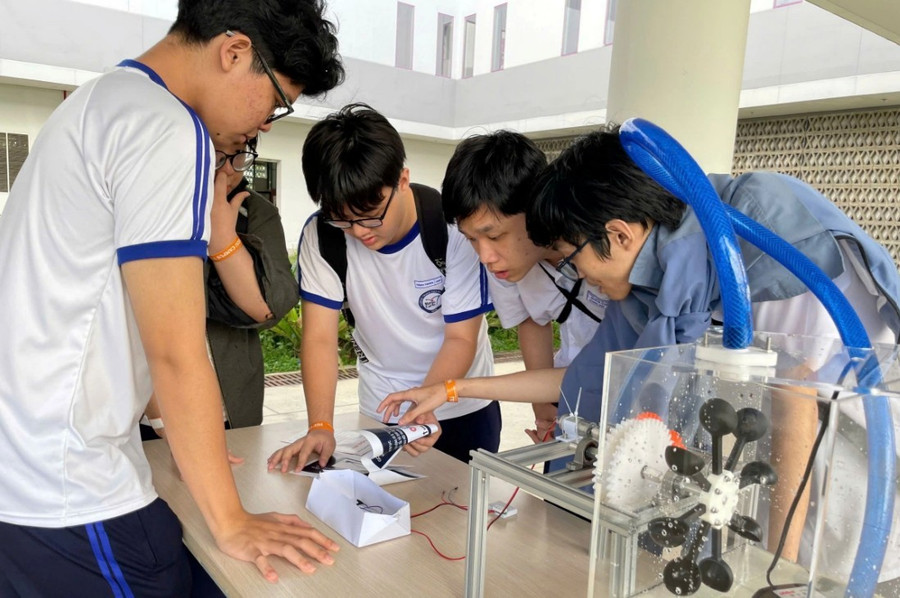
Four principles of organizing STEAM education
Since 2018, many schools in Vietnam have implemented pilot programs on STEAM education. “Creative Festivals”, “Young Science Clubs” or “Smart Classrooms” have attracted a large number of students to participate. However, for this activity to be truly effective, it is necessary to adhere to four basic principles.
First, learning goes hand in hand with practice, knowledge is linked to products. Each lesson and project must have a specific result, whether it is just a model or an idea, so that students can experience the complete creative cycle.
Second, learner-centered. Teachers are guides, not imposers but inspirers. Students are encouraged to question, discuss, experiment, fail, and try again – that is the essence of creativity.
Third, linking school - family - business. When businesses join forces, learning projects will have higher applicability, helping students visualize the practical value of knowledge and awakening the spirit of entrepreneurship early.
Fourth, take advantage of digital technology. Virtual classroom models, online labs or AI-based learning help students in remote areas still have access to modern learning methods.
STEAM education is only truly sustainable when it is implemented synchronously, not only at the school level, but also at the policy level, with the participation of the whole society. In the traditional education model, the teacher plays a central role, and the student is the recipient. But in STEAM education, the teacher becomes a creative guide, helping students find their own answers instead of providing ready-made solutions.
To meet that requirement, teachers need to be trained in integrated lesson design, technology application and design thinking. Pedagogical schools must innovate their training programs, including STEAM, educational technology and project-based learning courses in official teaching.
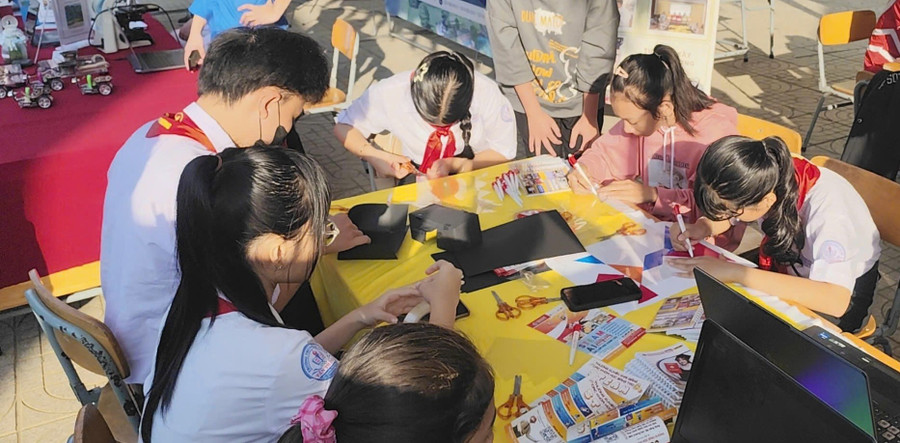
Assess students based on ability
One of the major differences of STEAM education is that it is based on competence, rather than just on scores. Creative thinking and problem solving are the core competencies in STEAM education, demonstrated in the ability of students to propose new ideas, choose unique approaches to each learning situation or practical challenge. Instead of looking for ready-made answers, students are encouraged to ask “why” and “what if” questions, thereby forming many different solution directions.
The process of trial and error helps students not to be afraid of risks, to analyze causes and find optimal solutions. This is the foundation to nurture innovative thinking, creating a generation of creative citizens who dare to think and dare to do in the knowledge era.
In addition, students need to be guided to adhere to the principles of cooperation and communication - teamwork, presentation and debate skills. In STEAM projects, students often have to assign tasks, exchange ideas, and solve problems together, thereby practicing listening skills, respecting differences and coordinating to achieve common goals.
Presenting and defending their products in front of a group also helps students to confidently express themselves, to argue, debate and persuade others. These are important soft skills for students to adapt and succeed in a modern, multicultural and globalized learning and working environment.
The application of interdisciplinary knowledge is a prominent feature of STEAM education, demonstrated in the ability to integrate and apply knowledge from many different fields such as science, engineering, art and mathematics to solve a specific problem. During the learning process, students no longer approach knowledge in separate subjects but know how to relate, connect and transform knowledge.
For example, to design a smart home model, students must apply physics to understand the sensor mechanism, mathematics to calculate dimensions, technology to program, and art to create aesthetic shapes. This intersection helps students develop systematic, flexible, and creative thinking – the foundation of problem-solving skills in the 21st century.
The practical value of a product is an important measure in STEAM education, reflecting the level of application and ability to serve the community of learning outcomes. A STEAM product is considered successful not only when it demonstrates creative thinking, but also when it can be applied to life - even on a small scale.
From energy-saving models, flood warning devices to environmentally friendly recycled products, students learn how to turn ideas into actions, knowledge into solutions. Through this, they gain a deeper understanding of social responsibility, community spirit and the meaning of learning by doing, which is the core goal of modern education.
This assessment method helps teachers to comprehensively assess students' abilities, while also motivating them to develop their individual creativity. In fact, in schools that have applied this model, students are more interested, bold and learn more effectively.
The career guidance role of STEAM education
In the new era, the boundaries between professions are increasingly blurred. An engineer can be a designer, a programmer can create digital art. STEAM education helps students identify their strengths early and orient their careers appropriately through practical experiences.
STEAM projects such as technology product design, small business models or environmentally friendly inventions help students understand that knowledge is only truly meaningful when applied to life. This is also an important preparation step for career education and early entrepreneurship, helping students enter the future labor market with confidence and creativity.
STEAM education is part of the long-term journey of building a learning society, where each citizen is awakened to their creative potential, lifelong learning and contribution to the community. This is a strategic vision in building modern, integrated and creative Vietnamese people; a shift from “academic” education to “open” education, from imparting to developing capacity, from learning to test to learning to create.
According to Master Tu Huu Cong: To realize the goal of "modern, creative and integrated education", it is necessary to synchronously deploy solutions: Completing the national policy framework on STEAM education, identifying this as a pillar of innovation in teaching methods in general education; Investing in technology infrastructure and digital classrooms in schools, especially in rural, remote and isolated areas to ensure fairness in access; Connecting businesses - schools - localities, creating a network to support STEAM activities and student startups; Organizing forums, exhibitions, and youth creativity competitions to spread the spirit of scientific research and innovation among students; Developing a national database on STEAM, sharing open learning materials, sample lectures, and typical models to support teachers nationwide.
Source: https://giaoducthoidai.vn/giao-duc-steam-huong-di-chien-luoc-trong-doi-moi-can-ban-toan-dien-post755249.html




![[Photo] Opening of the 14th Conference of the 13th Party Central Committee](https://vphoto.vietnam.vn/thumb/1200x675/vietnam/resource/IMAGE/2025/11/05/1762310995216_a5-bnd-5742-5255-jpg.webp)





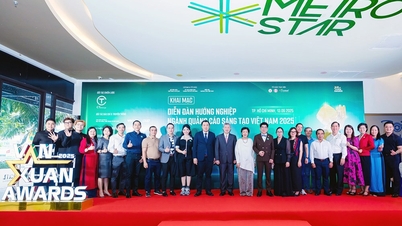



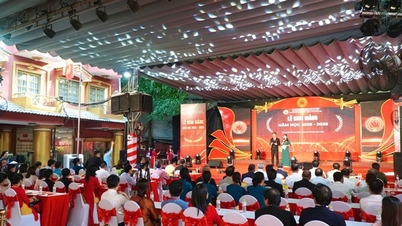



















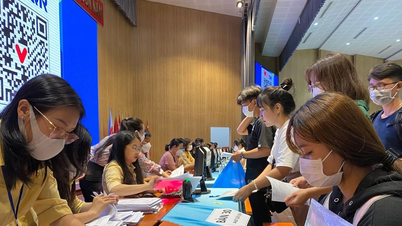
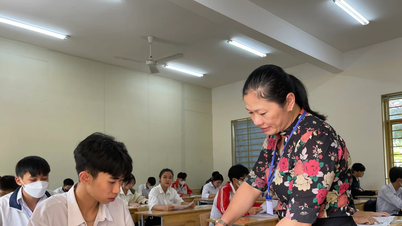




![[Photo] Panorama of the Patriotic Emulation Congress of Nhan Dan Newspaper for the period 2025-2030](https://vphoto.vietnam.vn/thumb/1200x675/vietnam/resource/IMAGE/2025/11/04/1762252775462_ndo_br_dhthiduayeuncbaond-6125-jpg.webp)





























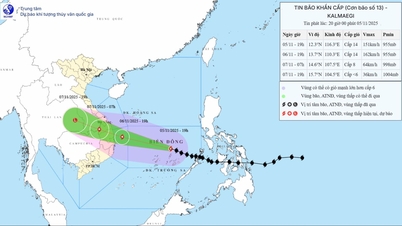

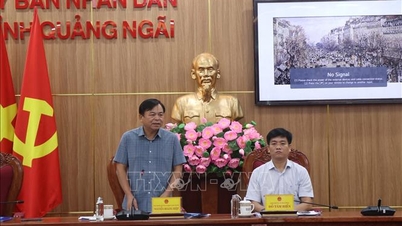


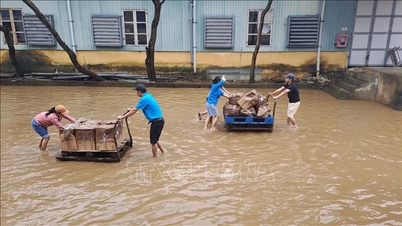


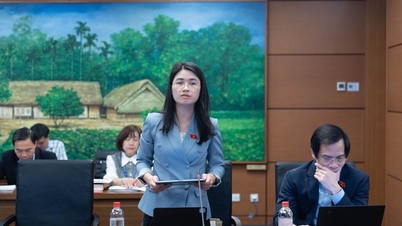


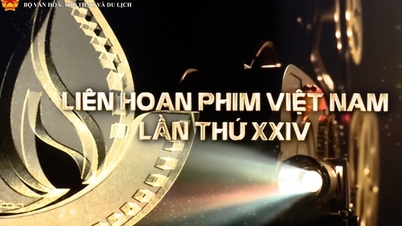

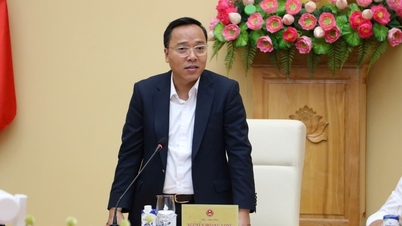


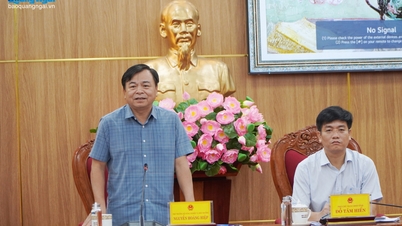


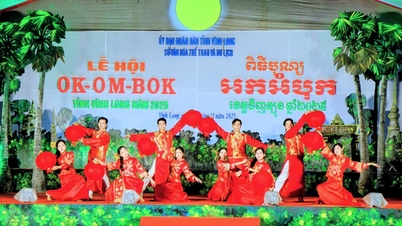
















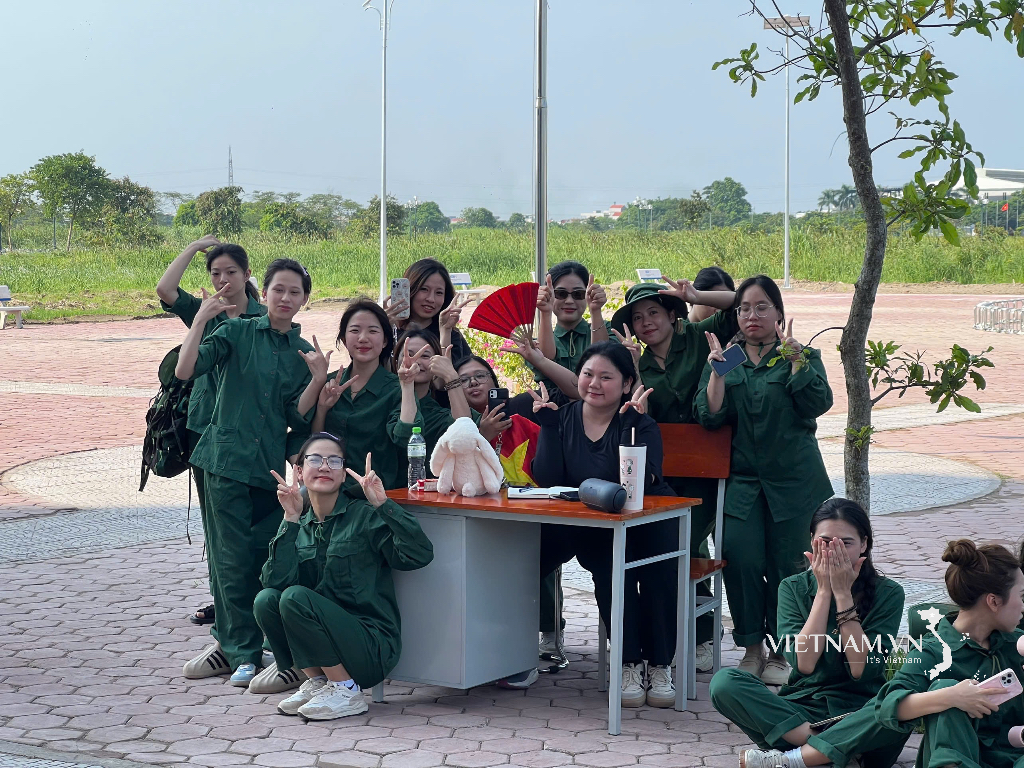
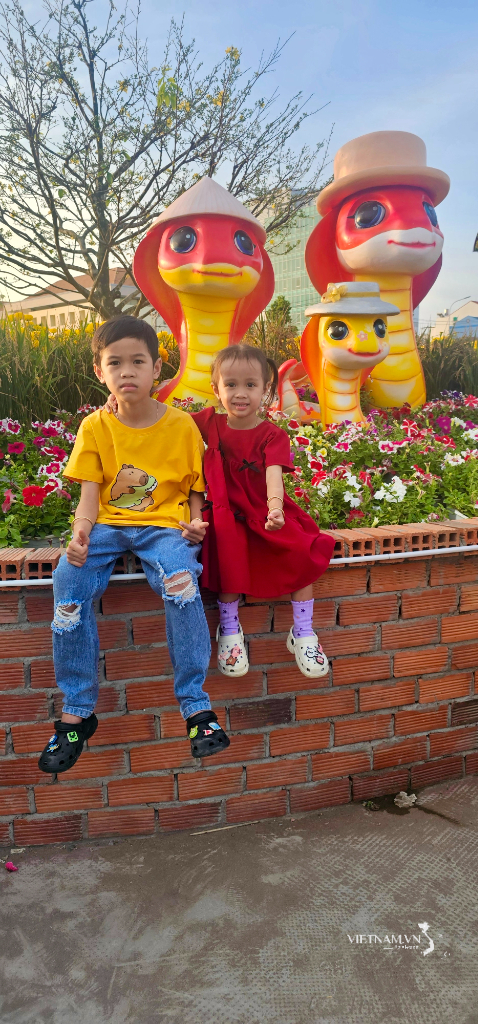
Comment (0)